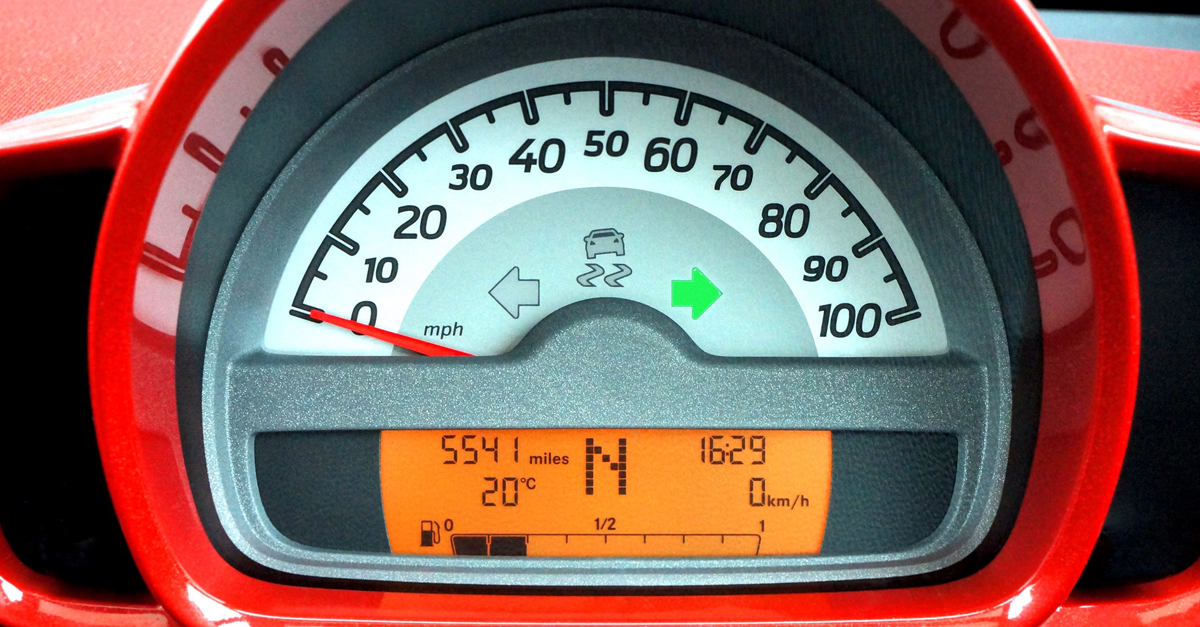Why does your car indicator make that ticking noise?
On By
The rhythmic ticking of a car indicator is an unmistakeable sound that we’re all familiar with, but why is that the sound we hear when we’re signalling?
The origin of the sound can be traced all the way back to the 1930s. It was Joseph Bell who created and patented the first flashing indicator which was then fitted onto Buick cars in 1938.
The success of this mechanism meant that it quickly spread, and soon most manufacturers were using it. Flashing indicators would eventually become mandatory on every vehicle in the 1950s.

However, that familiar ticking noise that we hear wasn’t a deliberate creation to remind or inform us that our signal is on, but rather a coincidental by-product of the simple mechanism used to create the flashing light.
That mechanism is an electrical component called a ‘flasher’.
When the driver flicks the indicator, electricity heats a bimetallic spring which bends as a result. The spring then touches a metal strip that completes the current thus flashing on the light, before the spring cools back down and returns to position.
This process gets repeated until the driver switches off the indicator.
The noise that we hear is when the spring and the metal strip come into contact. This is why the car makes a rhythmic ticking in sync with the flashing indicator lights.
In a lot of modern cars, there is no heated spring. Instead, an electronic pulse is sent to an electromagnet via a chip that causes the electromagnet to pull up a metal armature that disconnects the current.
Without the pulse, the armature returns to its position, bridging the circuit and triggering the process again. This process also creates a ticking sound.
With the computerisation of the latest car models on the market, signals can flash without the need for a mechanism that ticks. However, many car manufacturers have opted to recreate the ticking sound by playing it through the audio system when you indicate.

